Let the Games Begin
Introduction
It was hard to believe that the time was upon me. The time to pack my bags and head to the Dallas-Fort Worth International Airport for a trip that would take me to the other side of the world and the other side of the equator. At age sixty-three, I would be crossing the equator for the first time and birding the Western Cape. It’s not like I haven’t been a passionate traveler throughout my life, to the contrary, I have visited 5 continents, more than 50 countries and have been to forty-nine of fifty states in the USA. Also, most of my working career was in expat assignments.
Last year I signed up for a 55-day Safari Field Guide course in South Africa. I saw this as a great opportunity to immerse myself in nature, exercise my brain and body, and of course, see some new birds. All this for a price far less than any other way to spend two months in South Africa viewing wildlife and birds.
A Friendly Competition
Since there is an element of competition in birding, I decided to run a pool with the immediate family. How many different species would I see in South Africa? Closest to the number, takes the pot. It was high stakes birding to be sure, with each of the six teams committing to a whopping 5 USD. Since the guesses would be completely random without some basis, I sent a list of birds in South Africa that can be seen in March, April and May. The list detailed the most frequently seen to least frequently seen birds and had a % number that represented the % of checklists that that bird was listed on. So, a common bird like House Sparrow, might be on 20% of checklists and an uncommon bird like Black-winged Lapwing might be on 0.01% of checklists. It is a simple eBird report to run.
The responses can be divided into three categories:
- What were you thinking? – Numbers so low, that I would surpass them in three days in Cape Town.
- Astrology rules my life. – Numbers based on the dates of my departure and arrival (2/25 and 2/27).
- We are gonna win this thing. – Numbers in which rational thought and analysis clearly prevailed.
I will withhold the names to protect the innocent.
Touch Down in a Different Land
Given the time zone change, I decided to fly to Cape Town almost two weeks in advance to adjust to the time change, and, you guessed it, bird the Western Cape.
As the plane landed at Cape Town International Airport, my eyes were peeled on the fields adjacent to the runway. You never know what you might see. It certainly made more sense to me to go ahead and start birding the Western Cape rather than stare at the seat back in front of me or look at Table Mountain in the distance. The first bird that I identified in South Africa along the runway while taxiing was the Black-headed Heron. By the time the plane parked at the gate, I had three birds, two of which were lifers.

I picked up my rental car, told myself every few seconds to stay on the left, and made my way to my Seapoint Air BnB without incident. The first order of business after getting checked in was to take a walk along the ocean front before dark. First impressions are important and lasting. The waterfront park was a hub of activity. People were enjoying the last hour of sun. Families on blankets, couples holding hands, young and old guys and gals jogging on the wide paved path along the seawall. Clear water waves crashed on the rocks. The swells were large but not choppy. Kelp was visible in the water. It left a very nice first impression.
Yes, we all know that there are other parts of Cape Town that are not as vigorously lovely, but for here, I felt safe.
I didn’t go to the seawall to people watch, I went to start my birding in the Western Cape and that is exactly what I did. I tallied 21 different species, the majority of which were life birds.
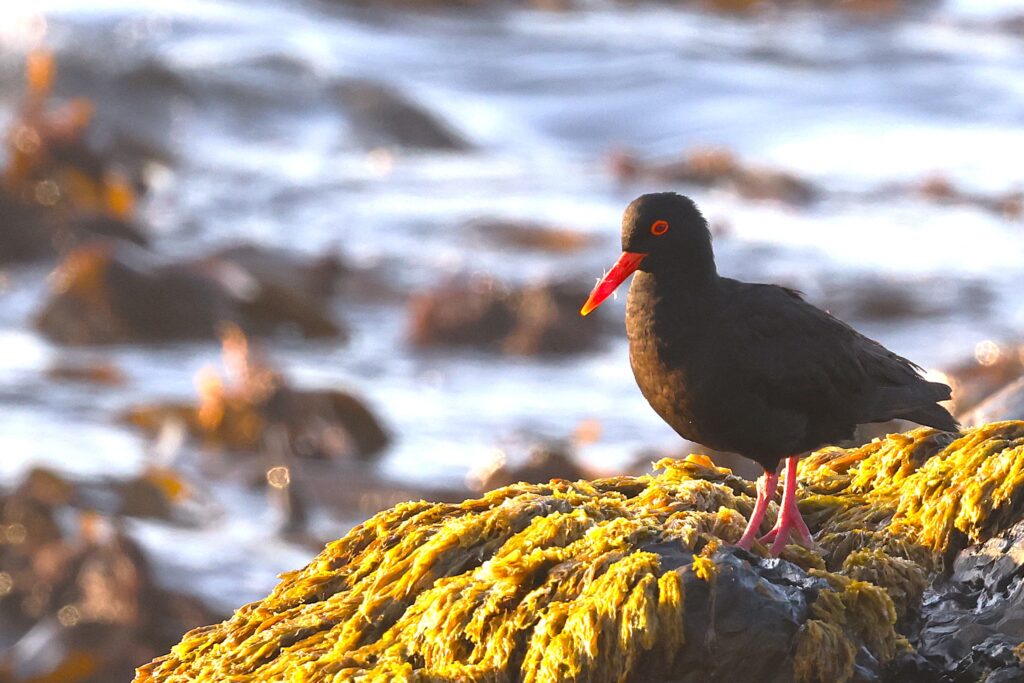


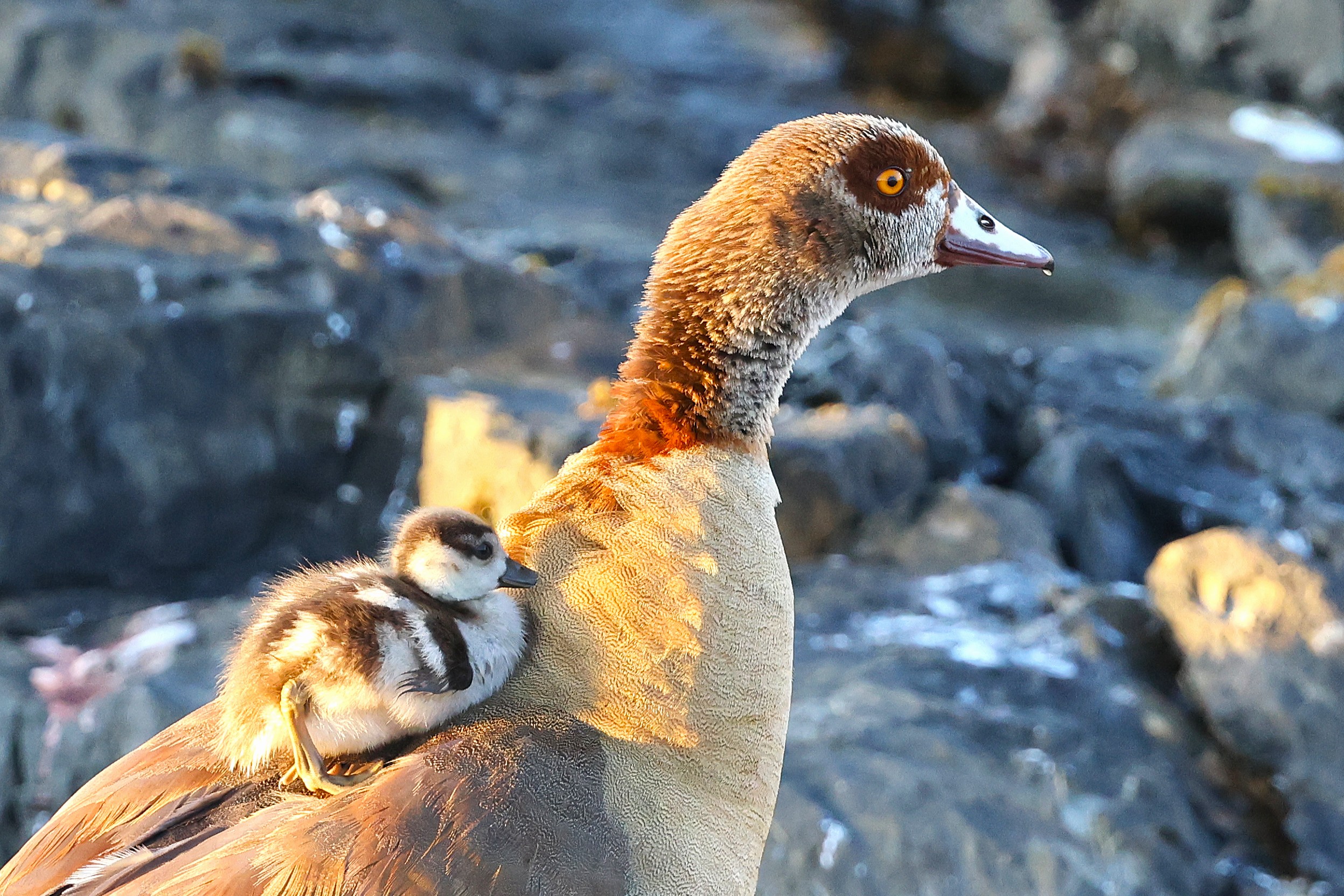
Birding the Western Cape with the Club
The next day would be exciting; I arranged to join the Cape Birding Club for a bird count at Edith Stephens Wetlands Park. A coincidental name to be sure, as it matches one of my aunt’s names. I plugged the location into the navigator and off I went. This adventure took me through neighborhoods with a completely different vibe than Seapoint. The kind of vibe where you made sure your doors were locked. The park was established to protect several red listed plant species and the Western Leopard Toad, also endangered. Surrounded by Cape Town neighborhoods that don’t have Air BnBs for rent or cozy restaurants to enjoy a fine meal, this reserve was equipped with security guards and very controlled access.
When I arrived, I explained my purpose and was granted access. Being early, I walked around the park until others showed up that looked like they were there for the same reason as I. I introduced myself and was made to feel welcome. I met the reserve manager who would be leading our small group. To my surprise, we loaded up in a government vehicle and left the premises. We were off to a different location several miles from the parking lot for the monthly bird count. This drive was a real eye-opener. The plight of large areas around Cape Town was on display. Some of what I saw was most disturbing and even distressing at one point as we watched South African street justice administered before our very eyes at one stop light. The reserve manager was most apologetic that I had to witness that.
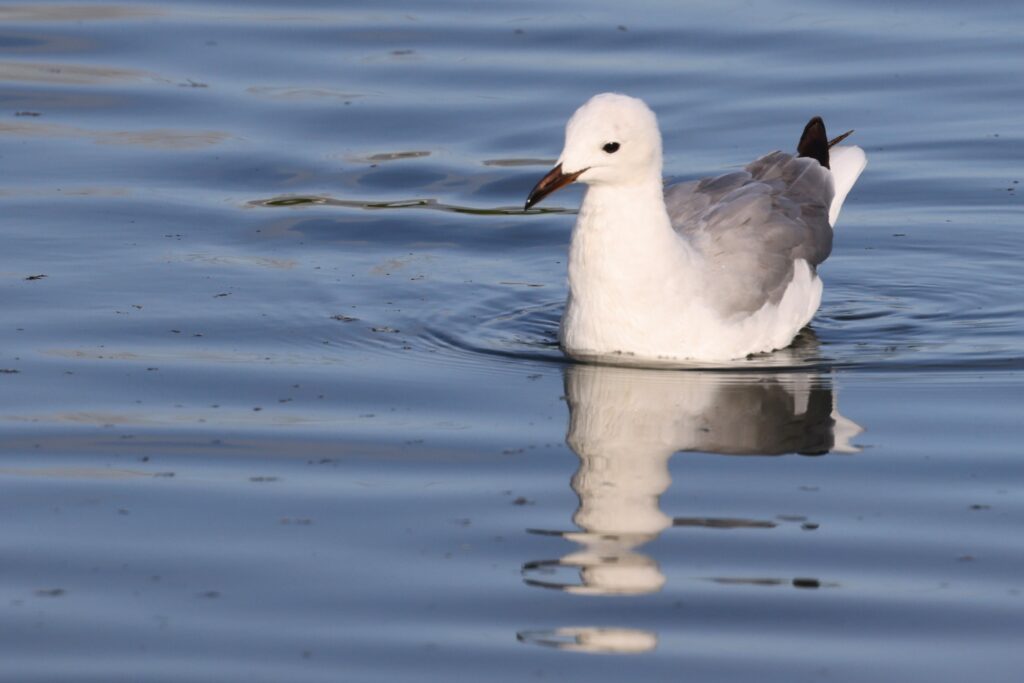



At this stage of my trip even the most common birds in the Western Cape were new or still very exciting to me. The others in the group, picked up on my enthusiasm for what is their mundane. I believe it made them feel good to see someone so excited for the everyday sightings. By the end of the day, I had made a friend, and we agreed to go birding the next day at one of his favorite locations.
I closed-out my first full day of birding the Western Cape with 59 birds for South Africa, of which, 46 were new lifers.
The next morning me and my new friend were off to Strandfontein WTP. This water treatment plant is massive, covering many square miles and containing numerous ponds and lakes. It was quite enjoyable to spend the day going from pond to pond looking for birds with someone familiar with the area. We managed to spot and photograph the uncommon Fulvous Whistling-Duck and Lesser Flamingo. We dipped on the African Marsh Harrier.


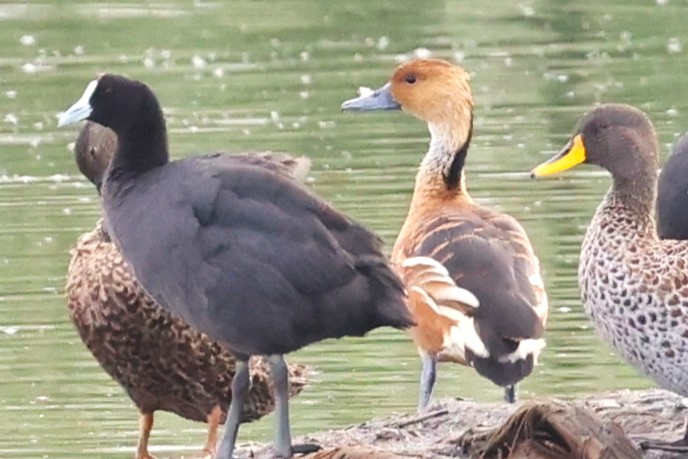
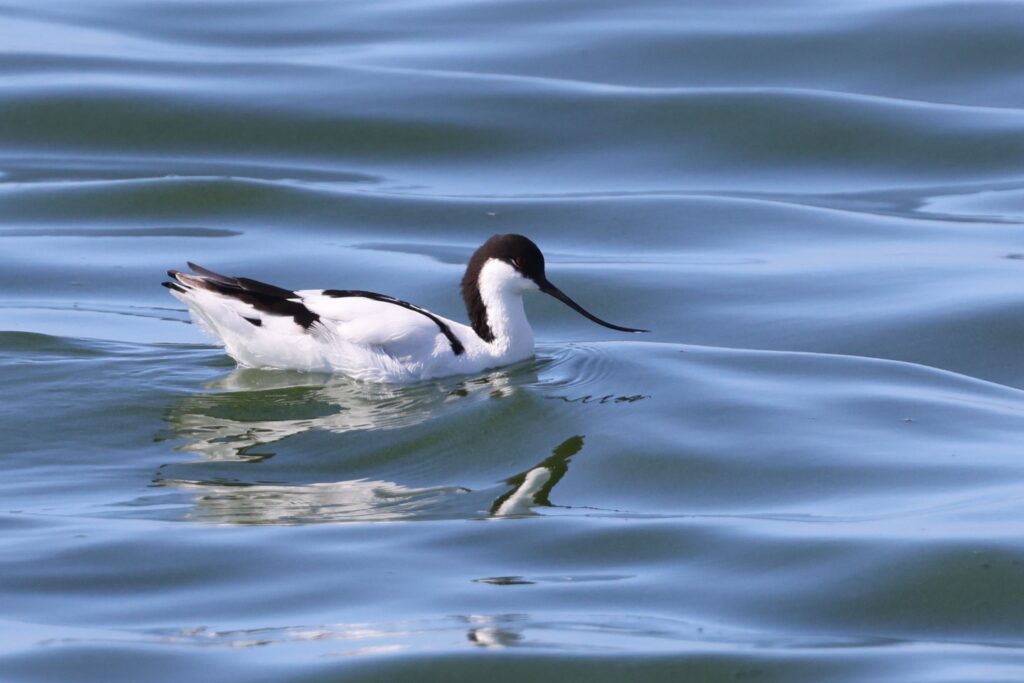
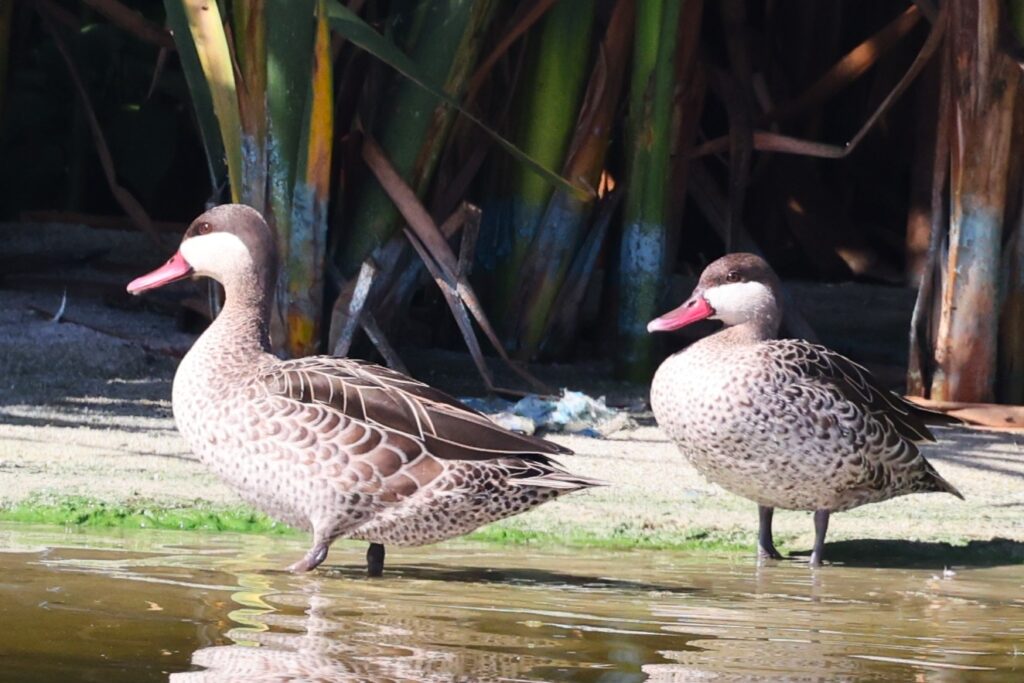

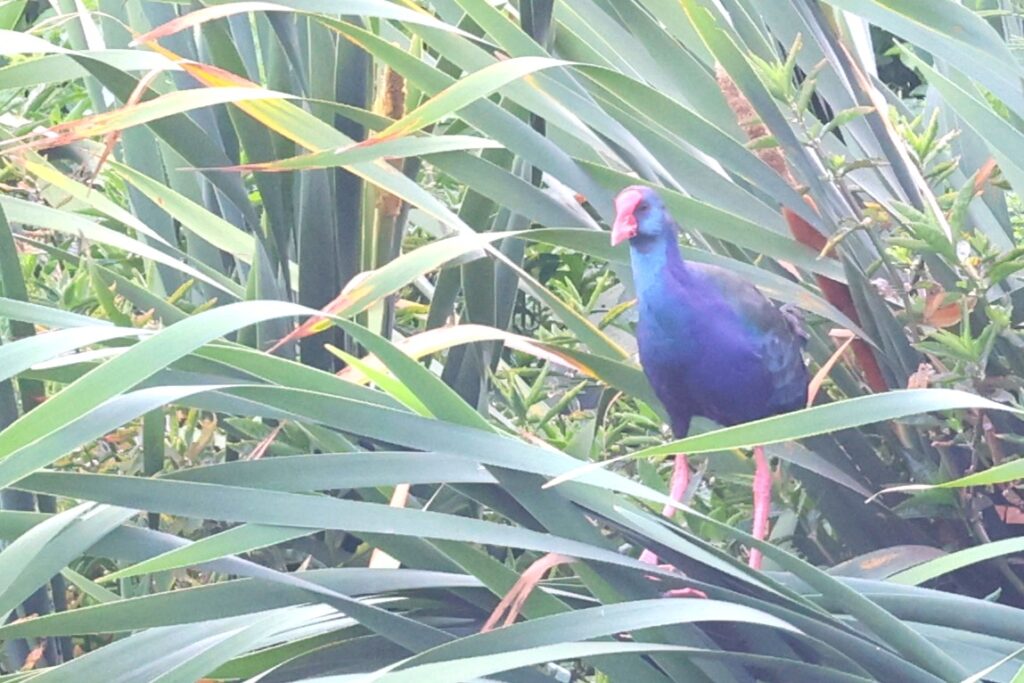
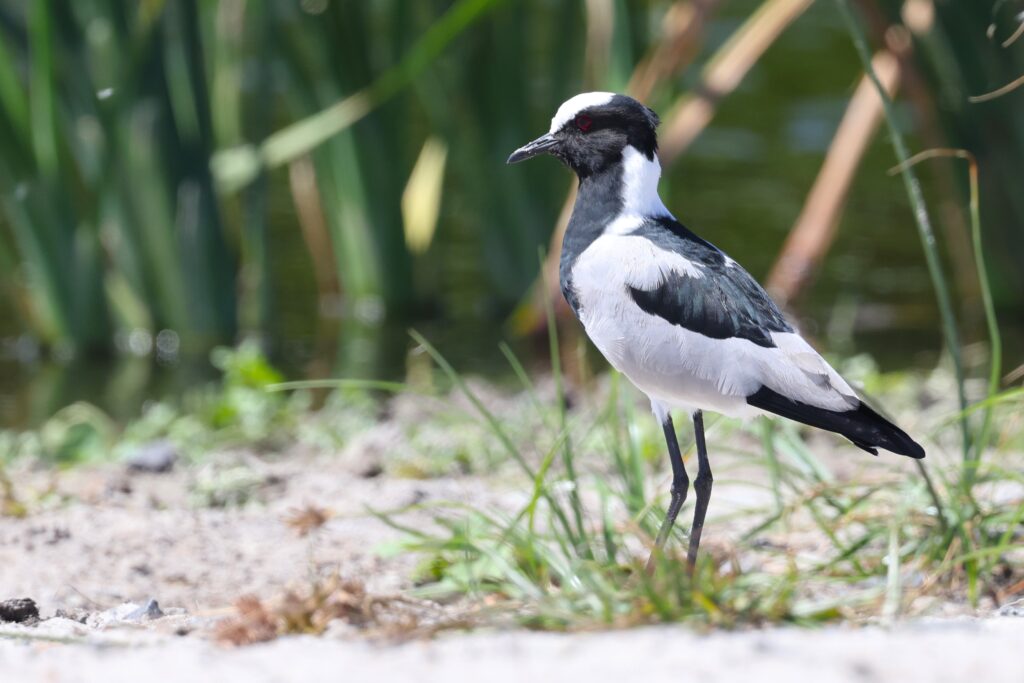
After we exhausted Strandfontein, we went to look for some specific targets at a hotspot called Zeekloevlei Nature Preserve. We got our target Southern Grey-headed Sparrow and Fork-tailed Drongo but dipped on a sparrowhawk that had been reported in the area. Notably, I got my first Ring-necked Dove at this location; a bird that would keep me up at night in the coming months with his “work harder” in the morning and “drink lager” in the afternoon call.
A Trip Around the Cape
The next day was for the penguins. Yes, there are penguins in South Africa. The African Penguin is a species that has seen its numbers decline from the millions to less than 10,000 over the last 100 years. Fortunately, the three main breeding grounds are now protected from the forces that caused their decline; guano harvesting (they nest in guano) and egg harvesting (I guess chicken eggs weren’t good enough). The little guys are so cute and worth the modest fee to access the boardwalk for the best viewing.

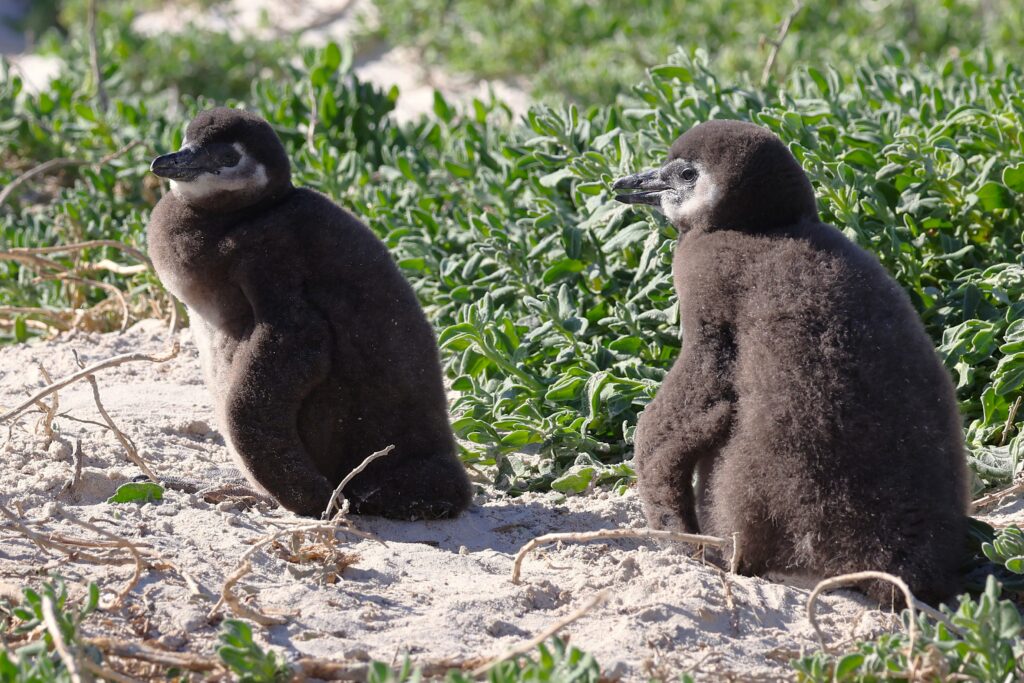

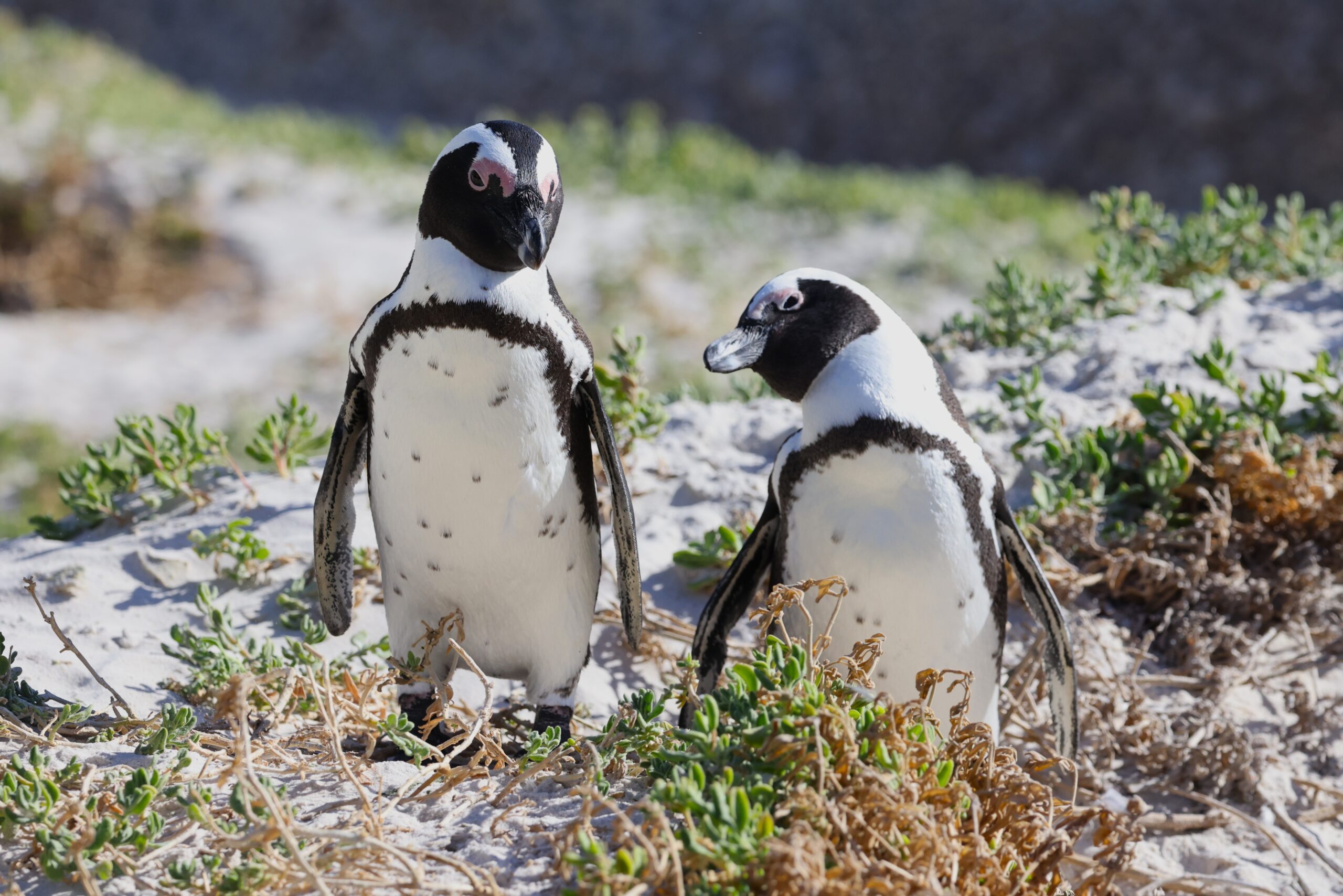
I made a day of it and went down to the Cape of Good Hope. Here I stared at the sea for a while searching for the Cape Gannet. Standing in the 40 mph winds was a bit unpleasant, so I called off the search after 20 minutes. I left the cape and did some light hiking in the Fynbos scrub. By the end of my third full day of birding the Western Cape I had seen 88 bird species in South Africa. Tomorrow, my count would surpass the “What were they thinking?” crowd.
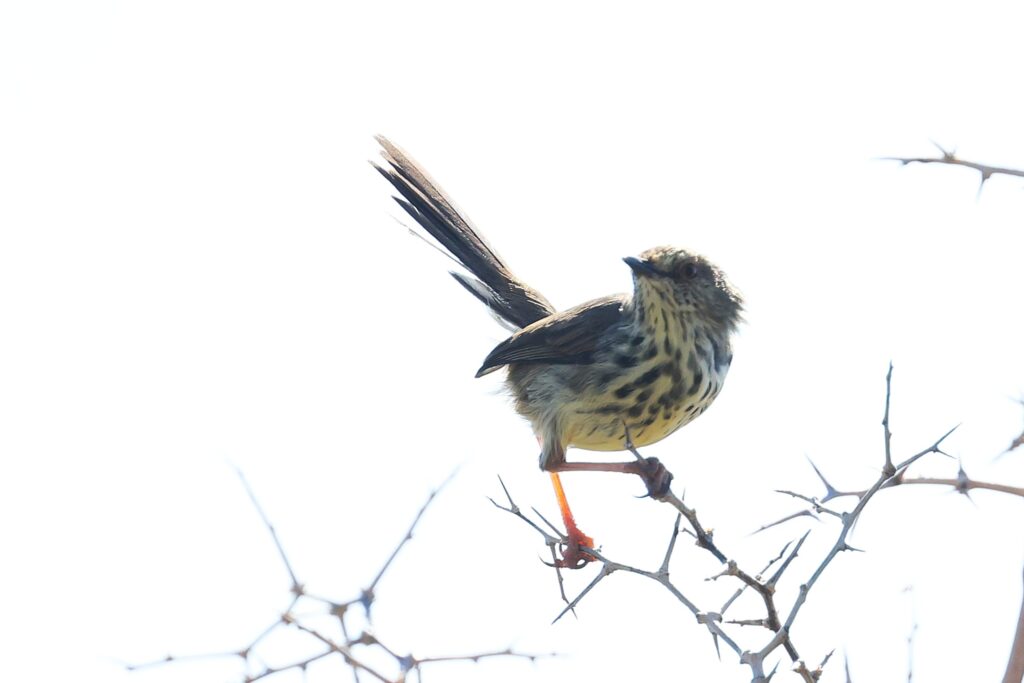
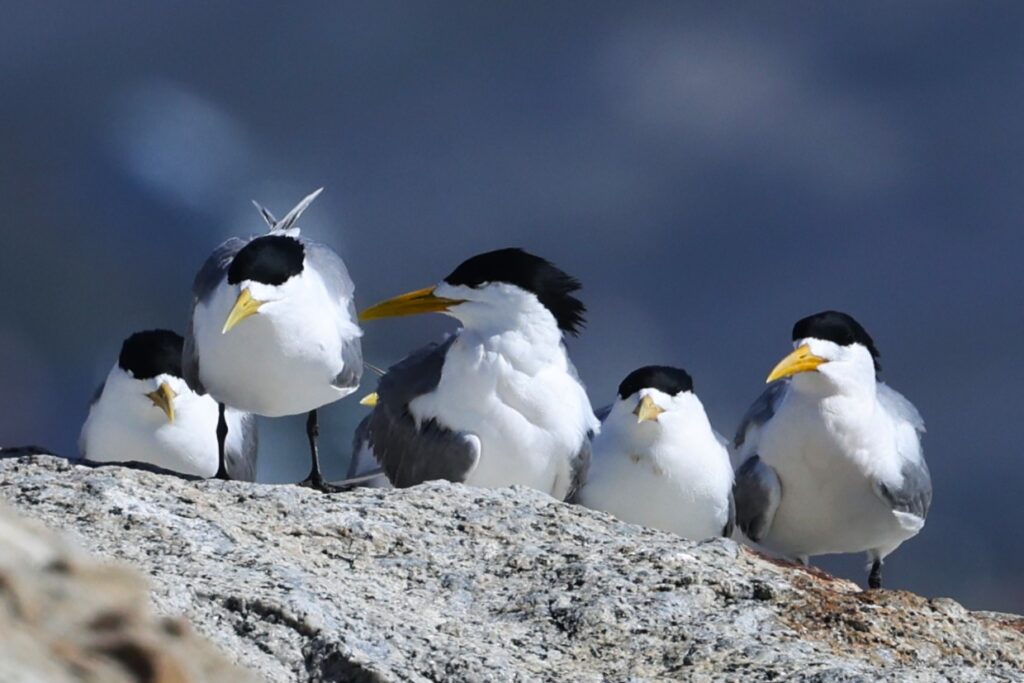
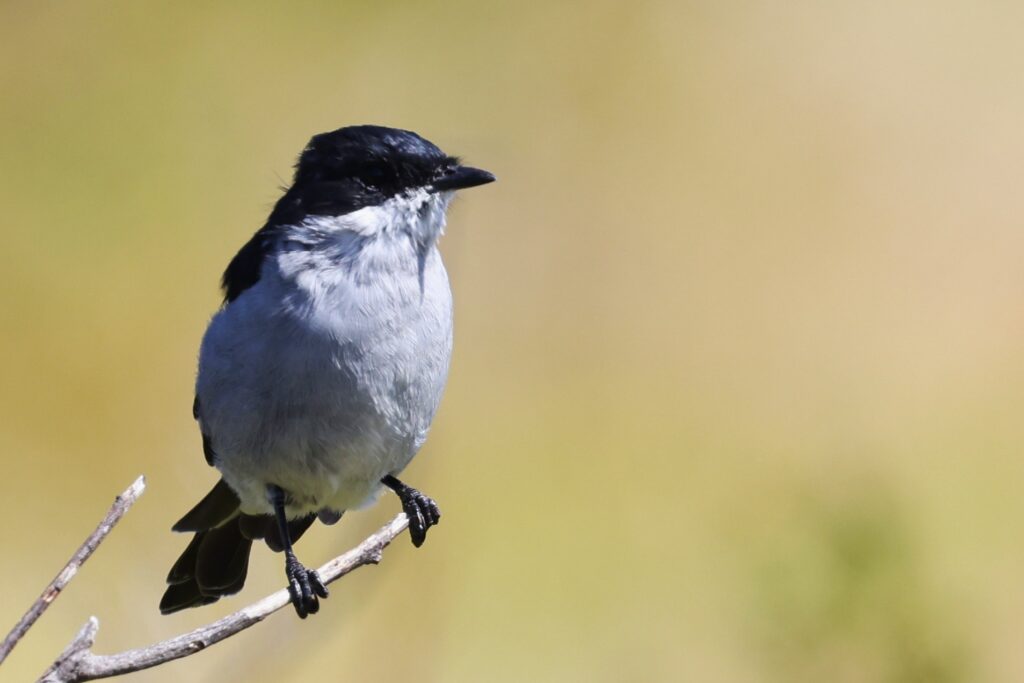
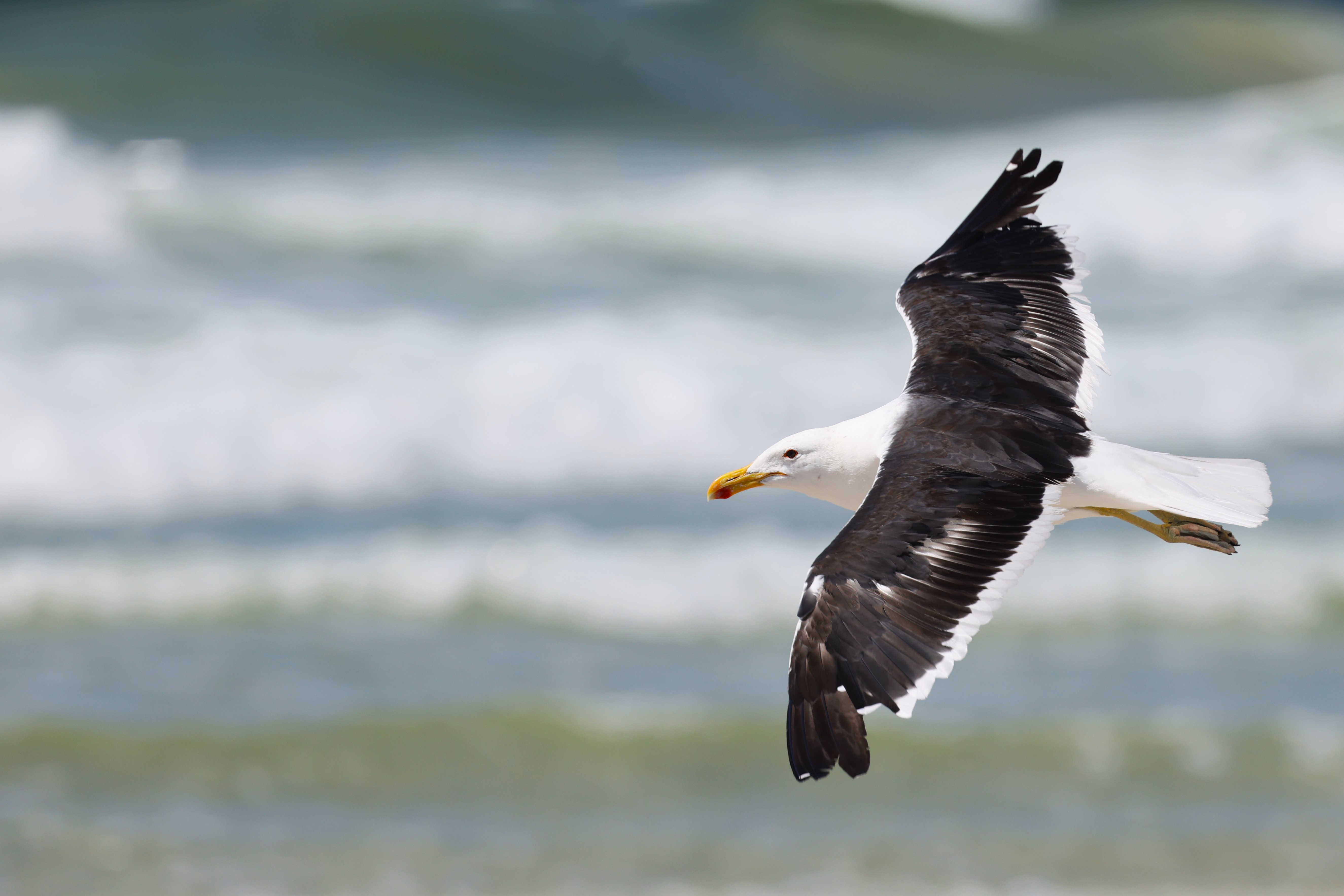
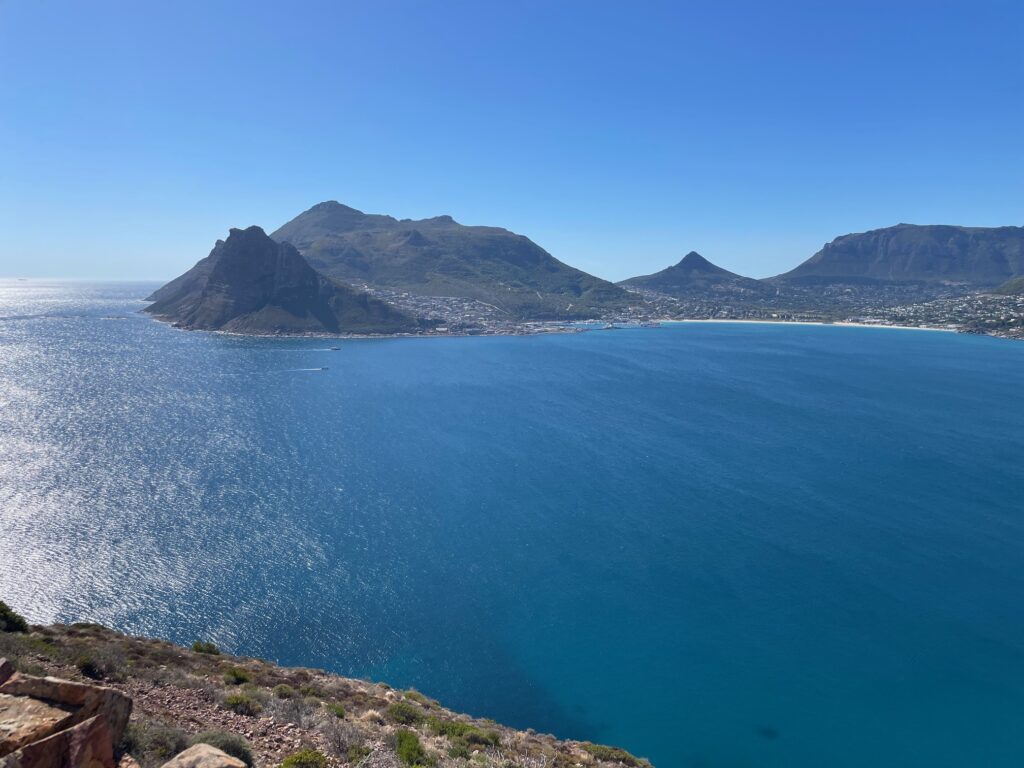
The Amazing Kirstenbosch
Cape Town has one of the best Botanical Gardens that I have ever seen. There are acres and acres of manicured and curated grounds that cannot be seen with any detail in one day. I walked until I thought I would die, then I went to the deli, ate, rehydrated and hit it again. In total, I managed 38 species in the gardens and over 15,000 steps. I also got some great photos.
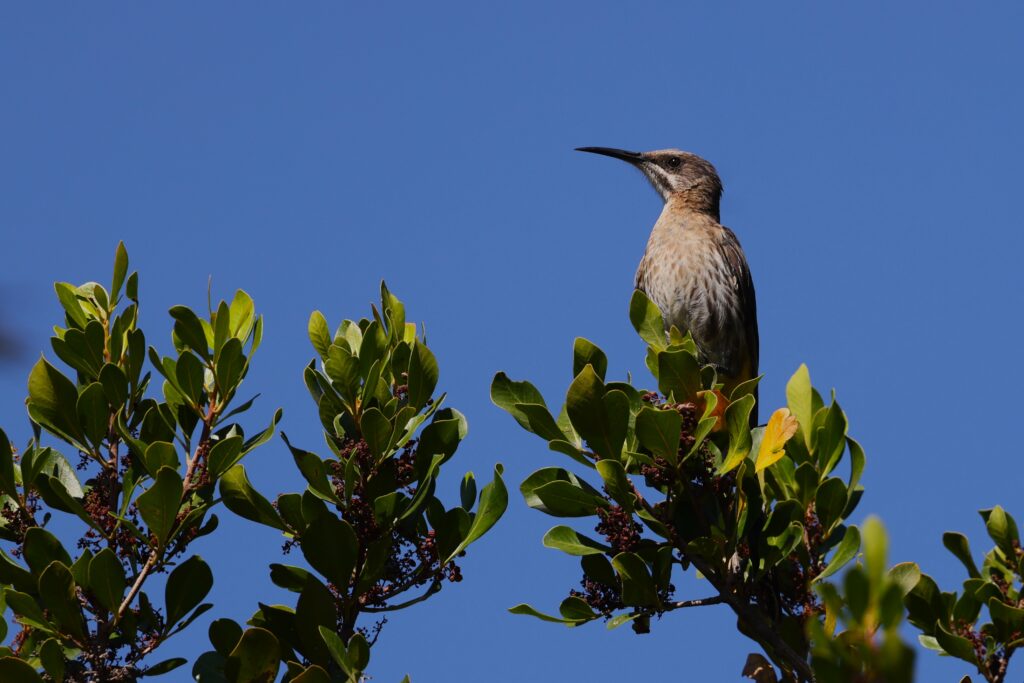

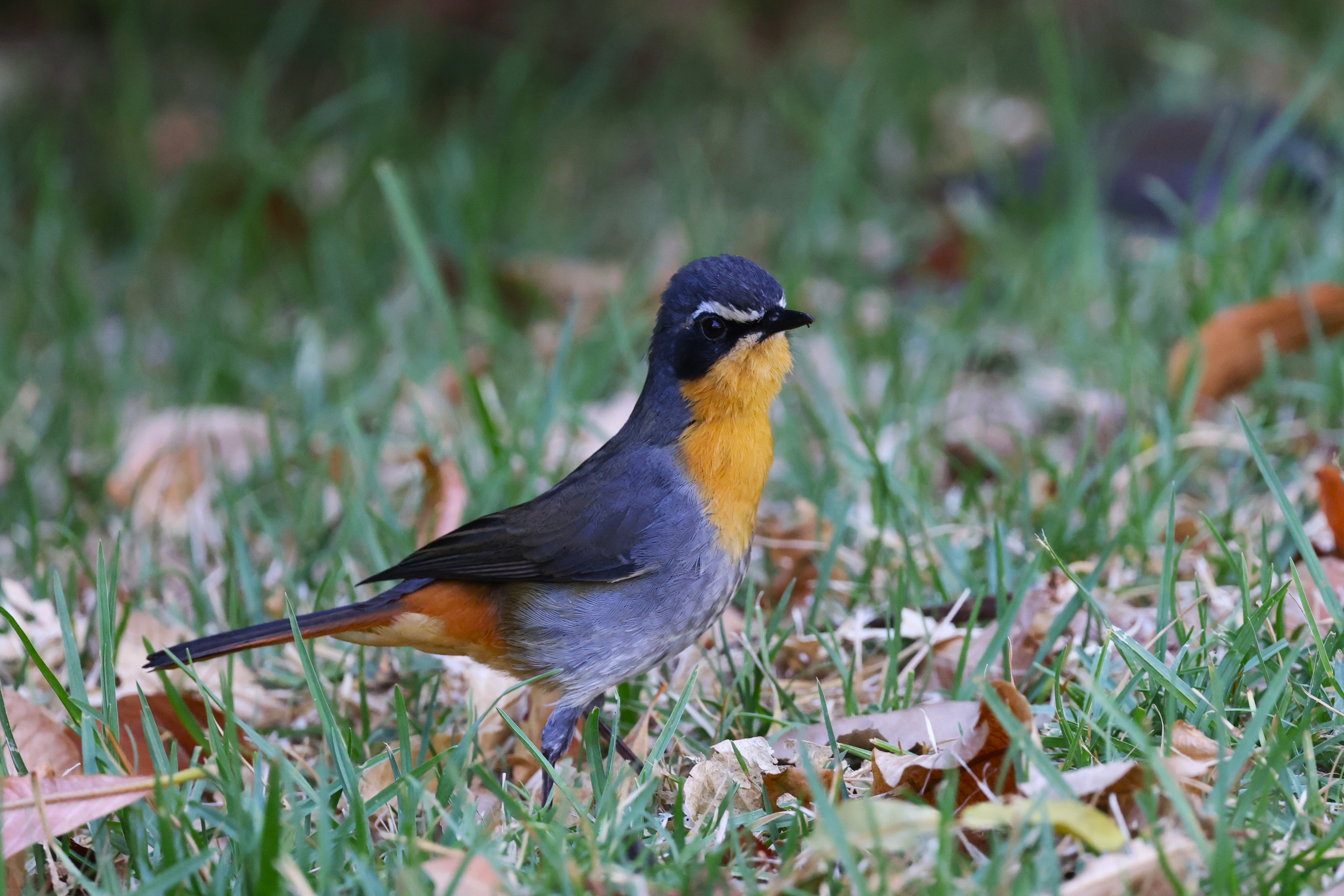
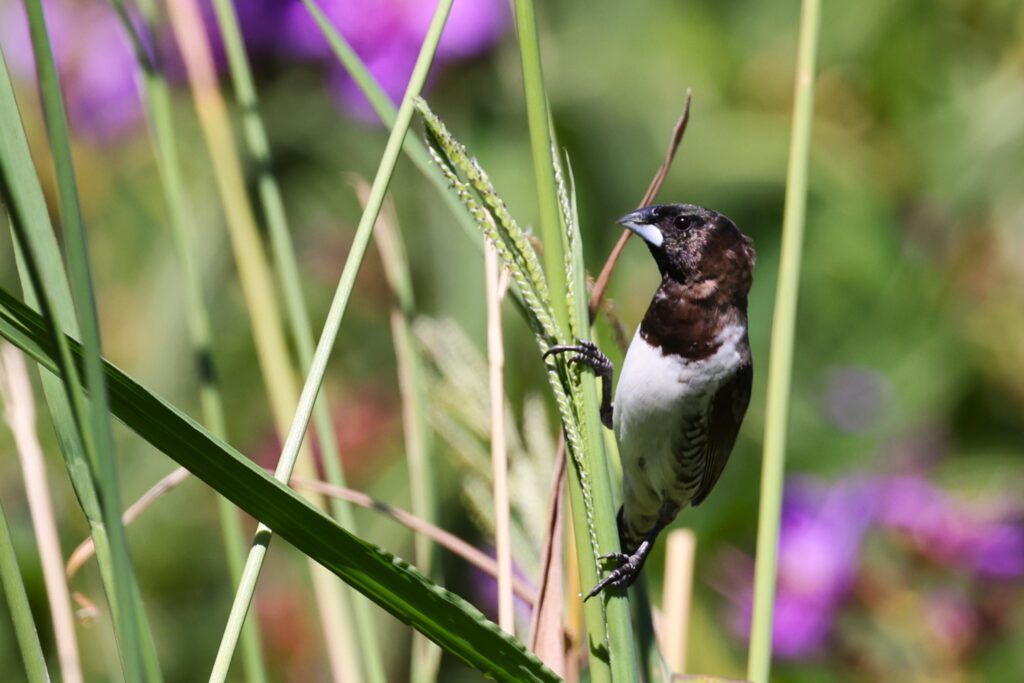
In Kirstenbosch, one can easily find four species of sunbirds. These colorful beauties are thought of as the hummingbirds of Africa. In fact, many Africans call them hummingbirds. Sunbirds are, however, not even closely related to the hummingbirds of the Americas. Sunbirds are passerines and hummingbirds are not. Hummingbirds are most closely related to swifts, actually, while sunbirds are most closely related to the flowerpeckers of Asia.
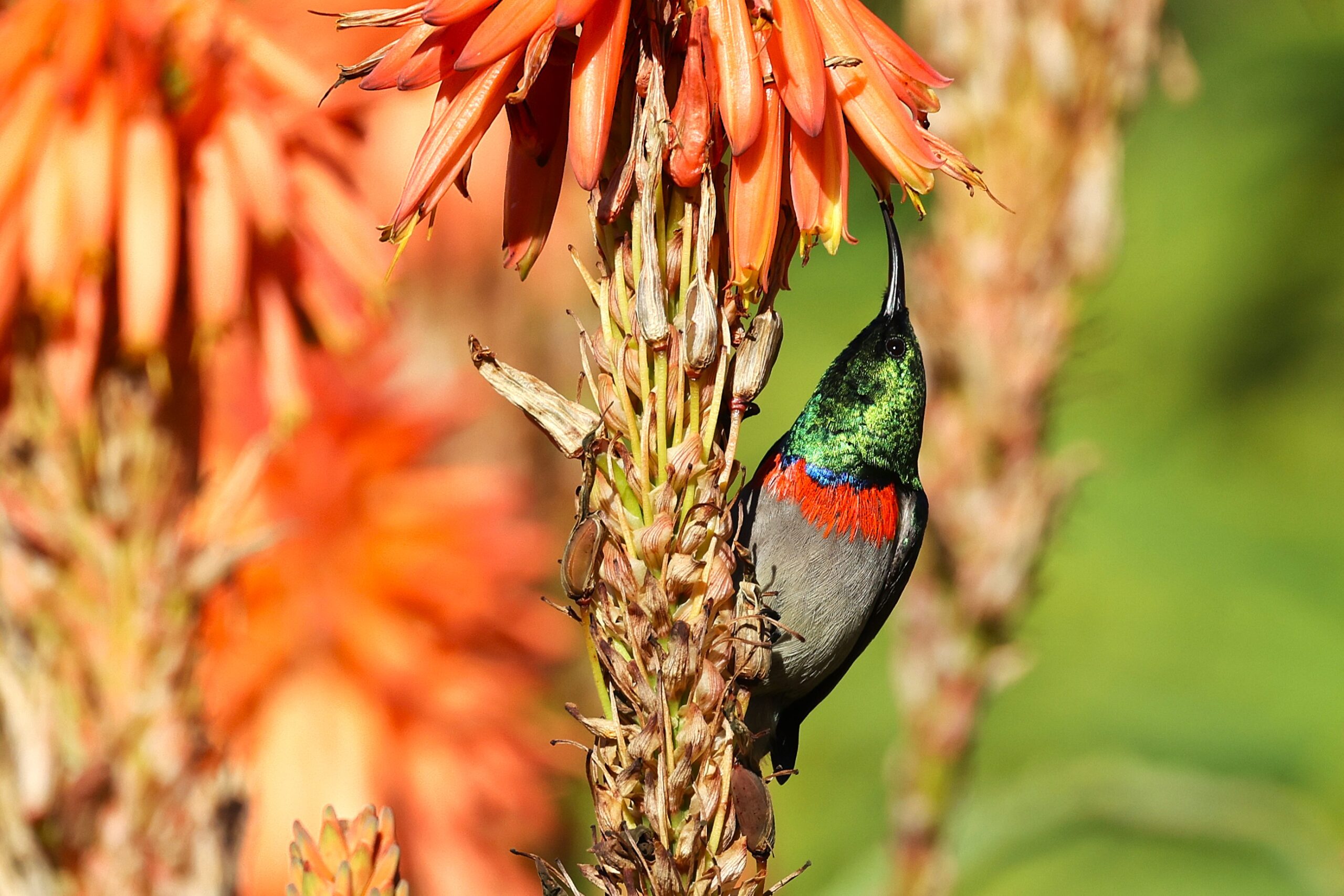
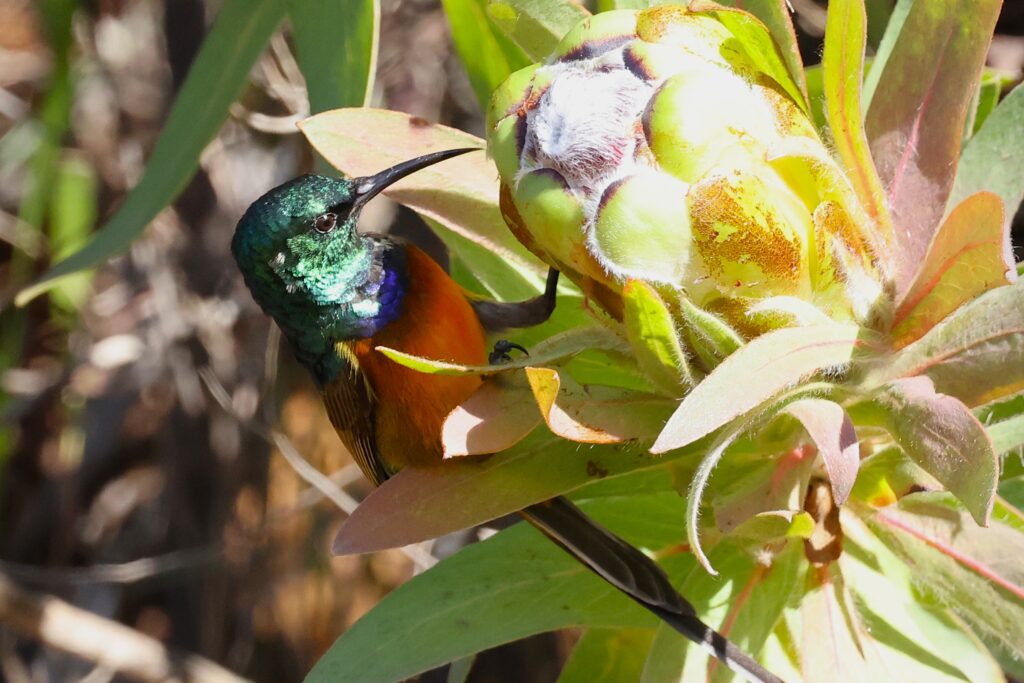
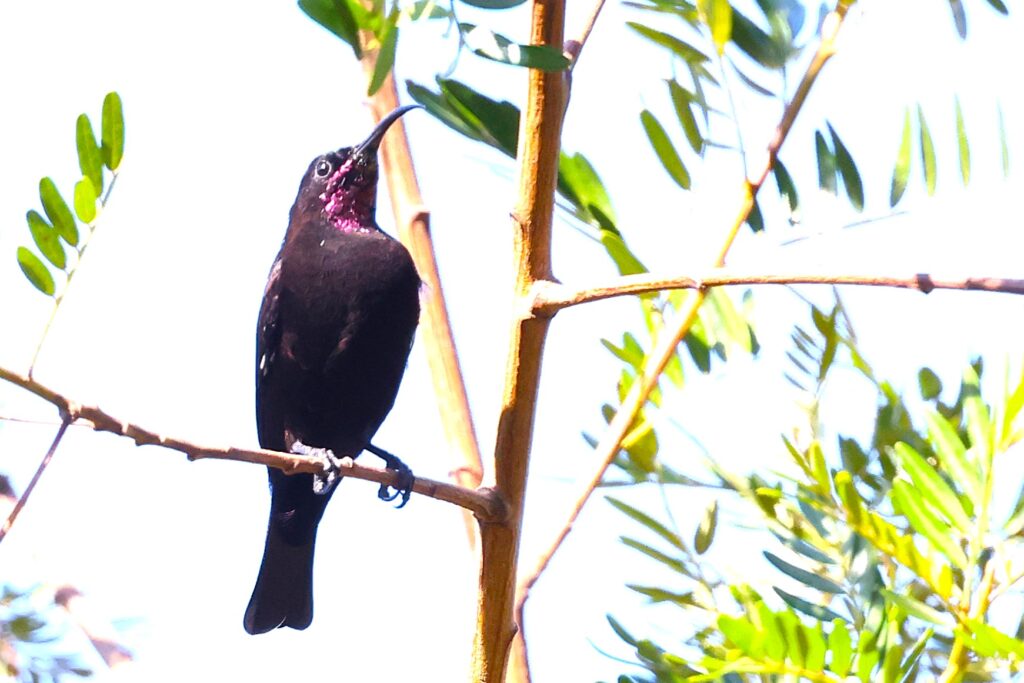
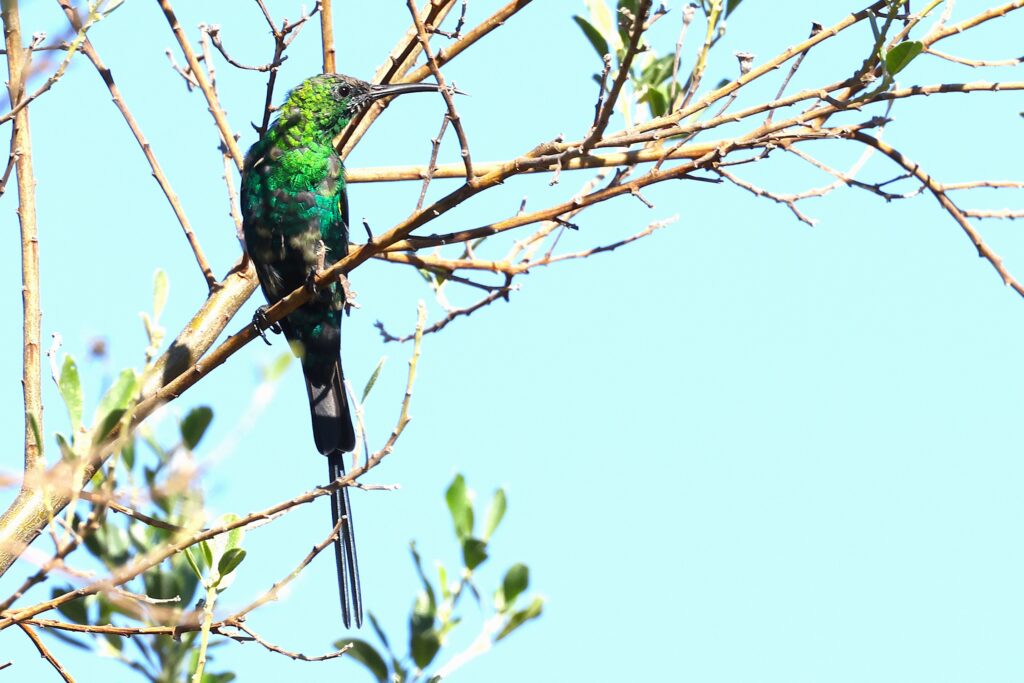
Closing out in Langebaan
It was now time for me to relocate to Langebaan. Birding the Western Cape in this area should yield many new species. We have some friends there from our days in Vietnam and I wanted to see them. I also had my eye on the West Coast National Park and some of the unique bird species that could be found there.
The park is laid out nicely with several birding hides and other trails. Bird sounds permeated the air throughout the morning hours and it seemed the bushes were alive with movement. It was still early enough in the year that the water habitats were loaded with soon to be migrants. The place is a birder’s heaven. I would spend most every morning and evening there.
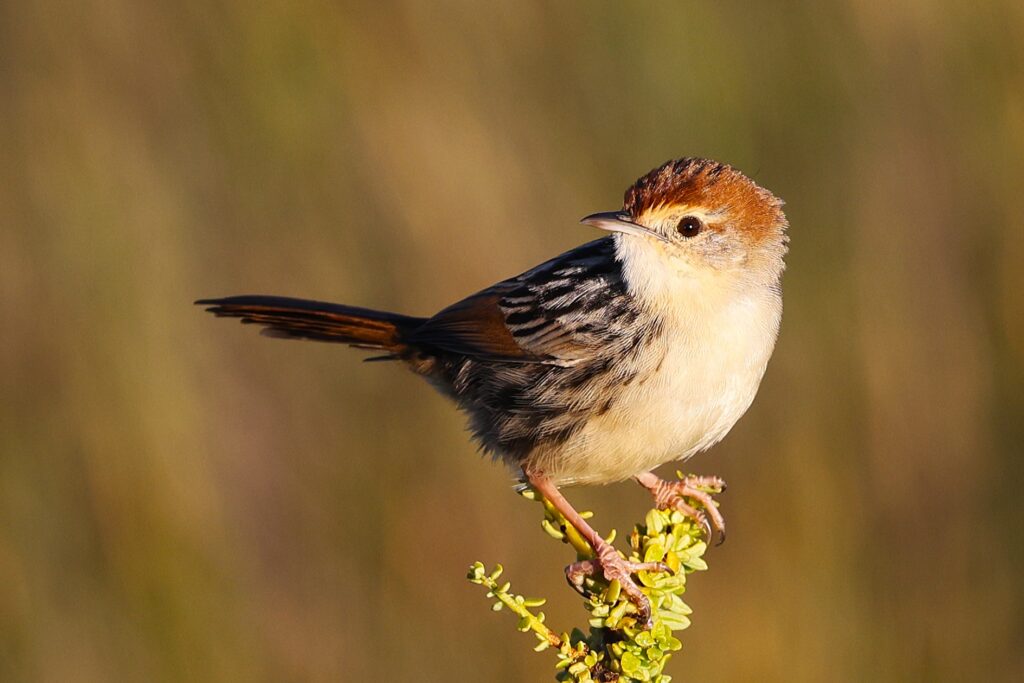
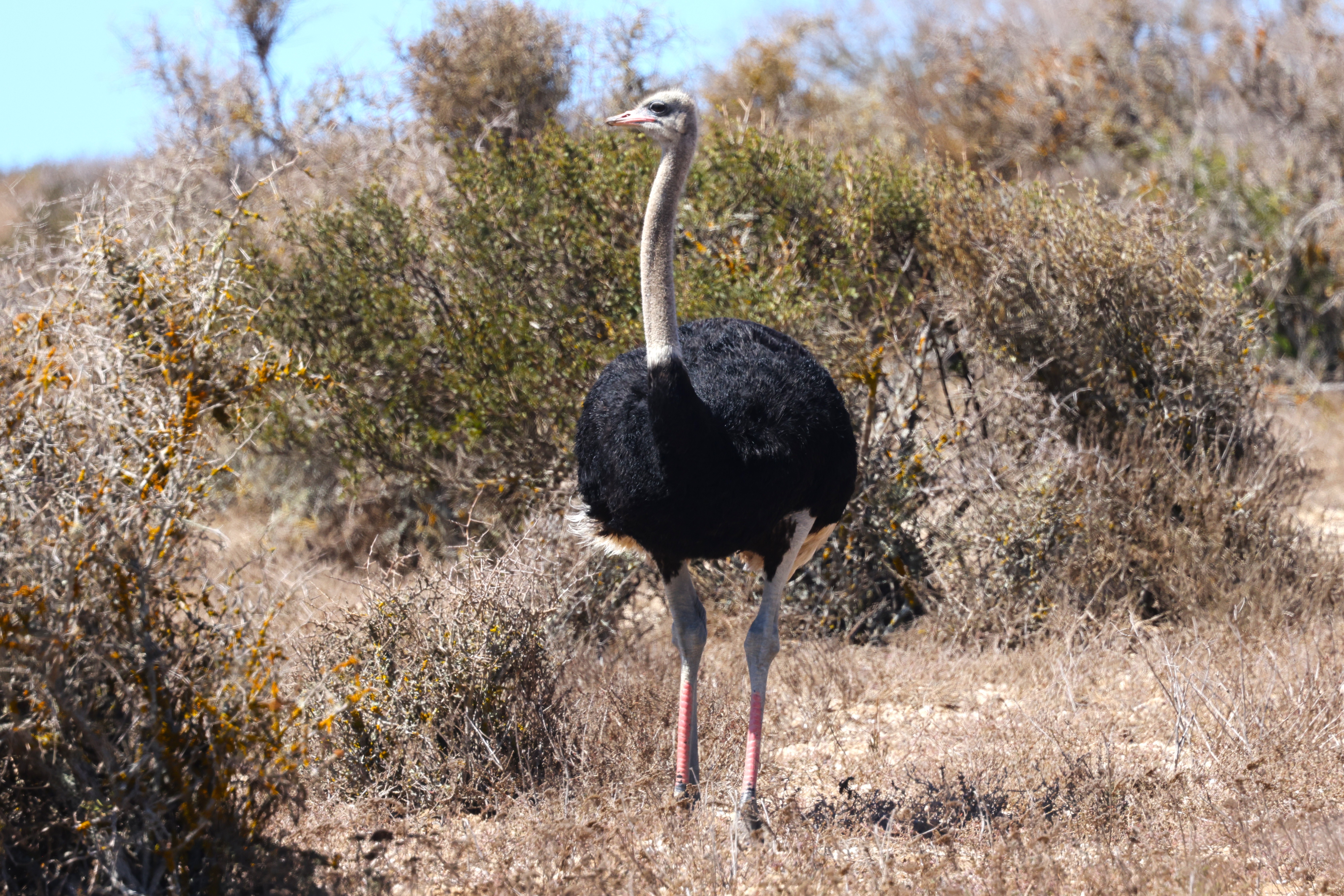
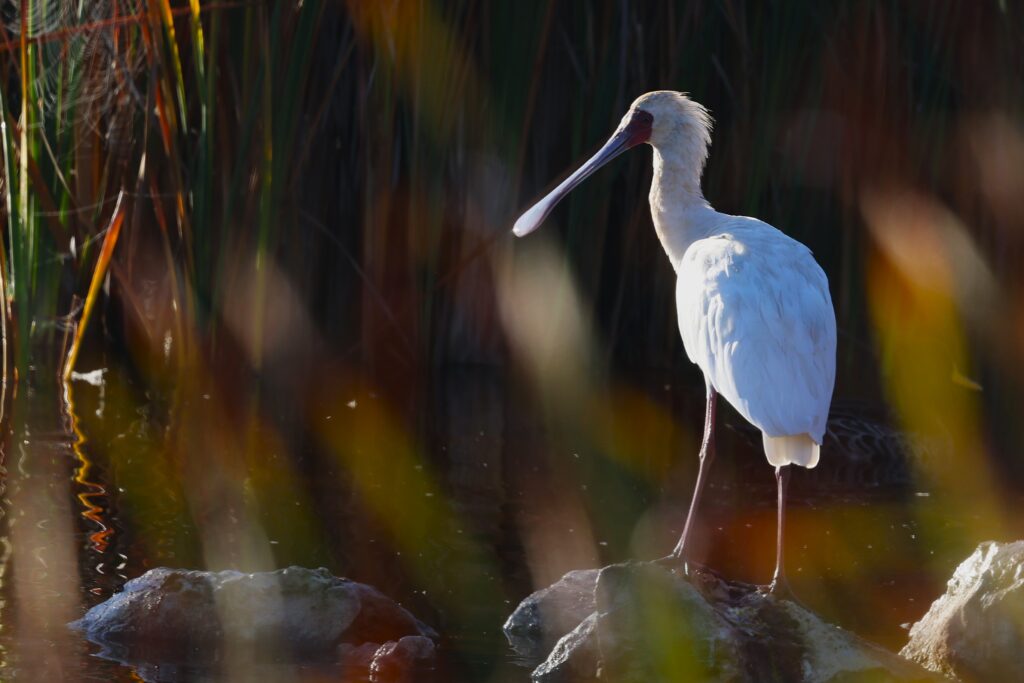
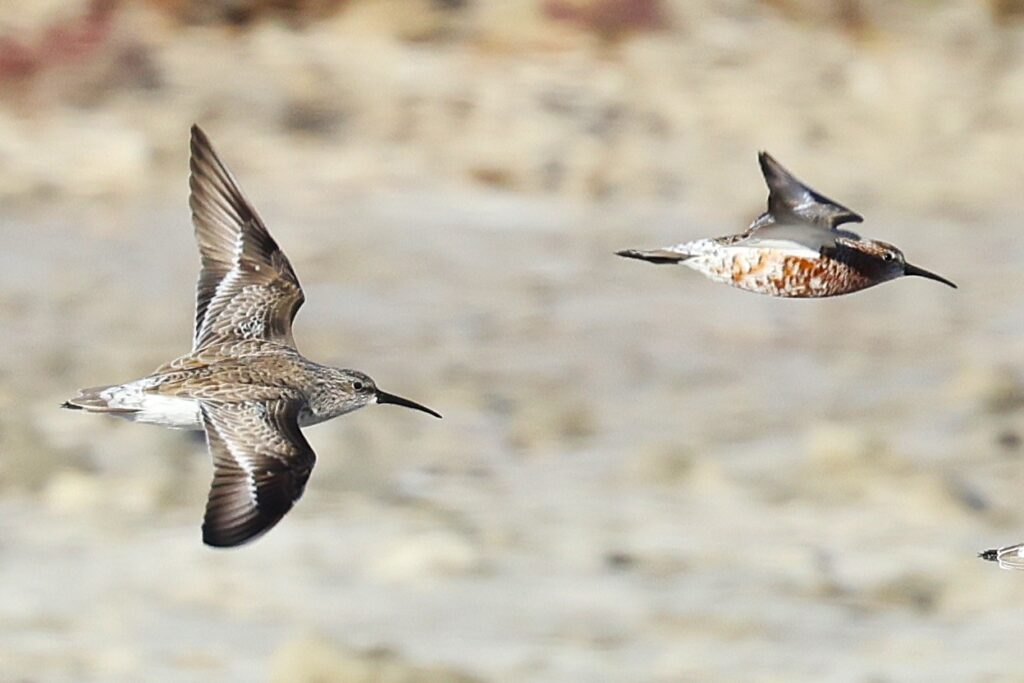
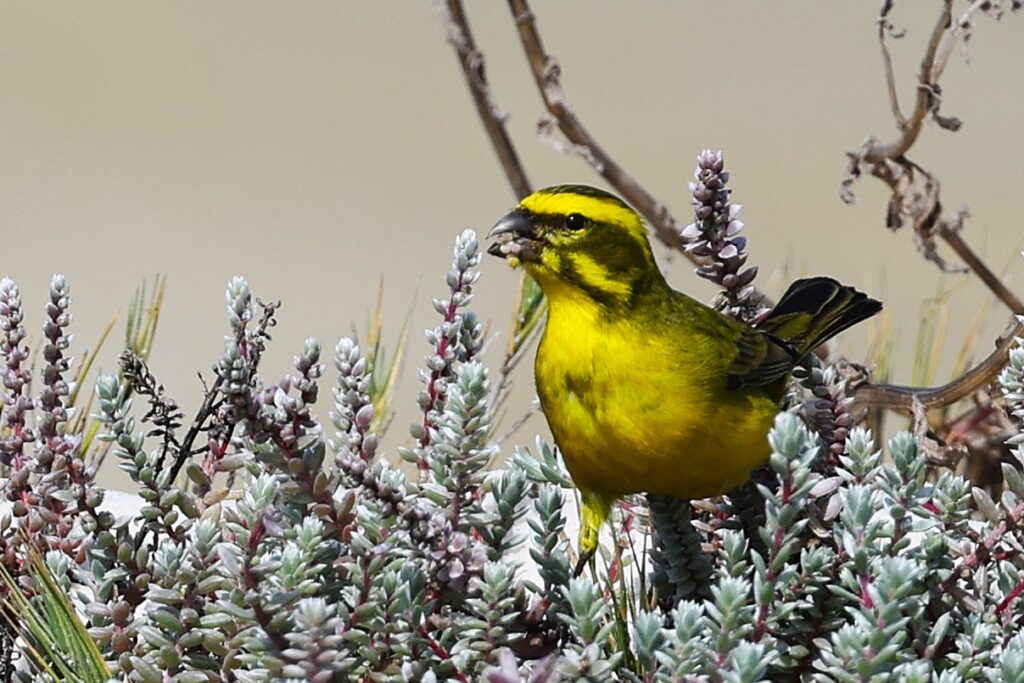

It was nice catching up with friends over a few beers and they were very accommodating with touring me around and having a nice braai. It is worth noting that this couple played a large part in inspiring me to come explore South Africa, for this, I thank them. We would meet with them one more time before departing South Africa, but for now it was goodbye because the Safari Guide Course was starting soon, and I had to get to Jo’burg.
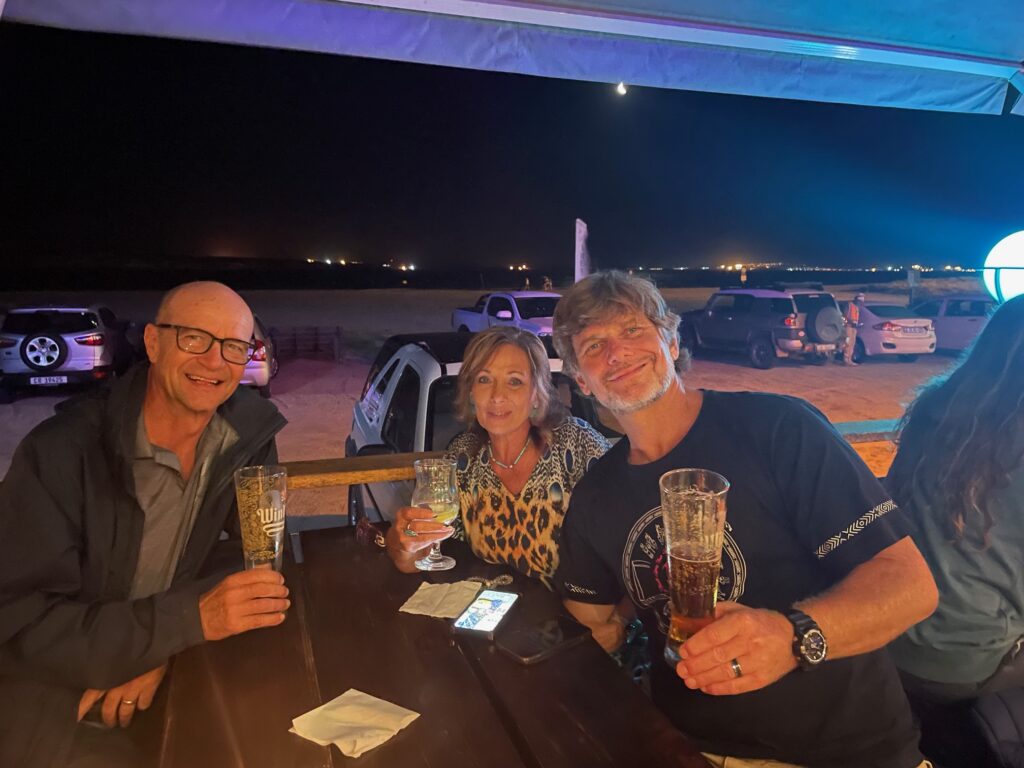
The birding the Western Cape phase of the South Africa adventure finished with 139 different species, well past the “What were they thinking?”s and quickly closing in on the “Astrology rules my life.”s.

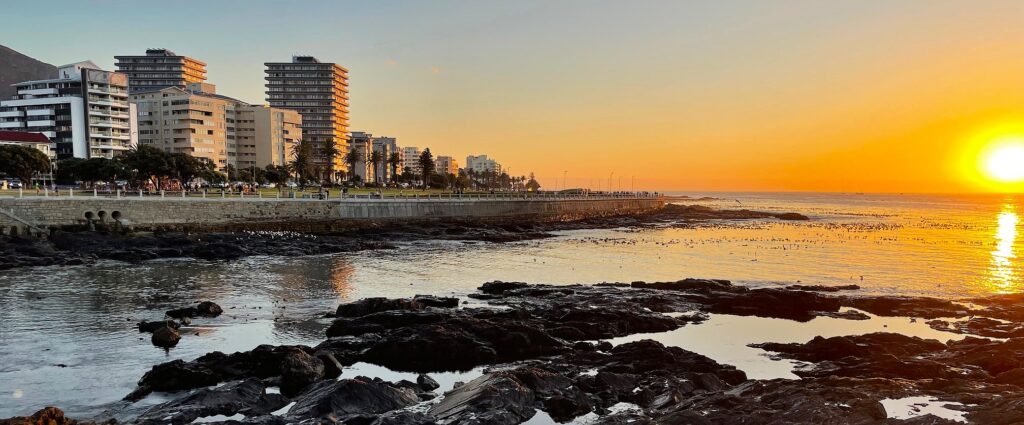
Breathtaking stories, Joel. Quality of the pictures are so perfect. I was surprised by the penguins. At a glance, the sun birds fooled me, thinking they were hummingbirds. As a note, my Bocas del Toro friends, Linda and David Gillingham, had lunch at Hospital Point today. I learned all about their exciting stay at Las Totumas. Clyde
You only live once and I’m so glad you have ventured out and done soooo many unique trips and of course the safari course. I’m looking forward to the next blog. Mirka will be happy with her new personal guide.